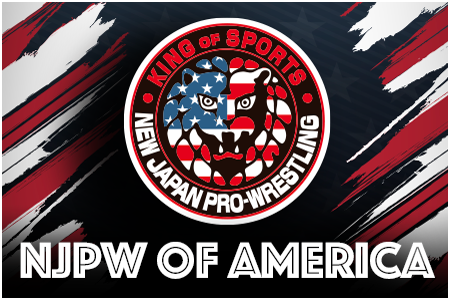With the Best of the Super Junior final, the debut of Jon Moxley, and a stacked card in Osaka Jo Hall for Dominion, there may well be a few new subscribers to NJPW World of late. One of the bonuses of a World subscription is access to thousands of hours of archival footage, but it may be hard to know where to start. Every week, we at njpw1972.com provide you with context to the classics. Given that it is Best of the Super Juniors final season, that’s informed some of this week’s picks, but we ‘re going to go somewhat heavier to start…
June 1, 1984: Riki Choshu With a Giant Task
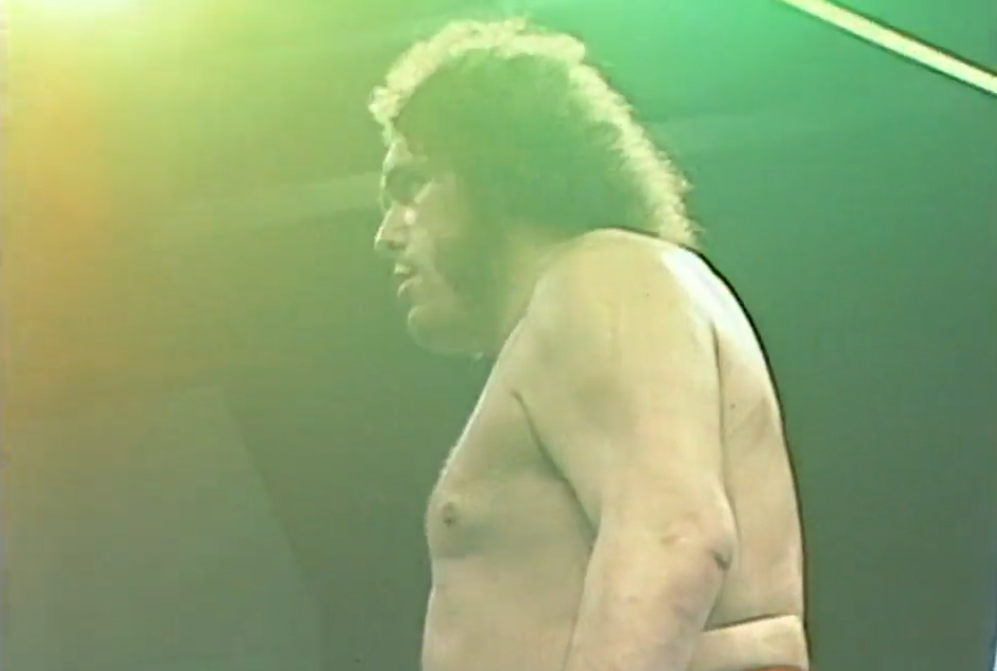
Early June these days means Best of the Super Juniors, but in the early 1980s, it meant the IWGP League. Back before the IWGP Heavyweight Championship was a regularly defended title belt, it was the prize of an annual, internationally oriented tournament that was a precursor to the modern G1 Climax.
The second running of the tournament saw some intriguing newcomers, including Ken Patera and Big John Studd thanks to stronger ties between NJPW and New York at the time. Andre the Giant remained from last year, and was the foreign favourite in the tournament, but on June 1, he faced a Japanese X factor.
Riki Choshu was absent from the first IWGP league, but in the second, he had powerful backing. Choshu’s Ishin Gundan group was looking to make a mark on the tournament one way or another, whether through sheer results for Choshu, or simply tearing the whole record book out the window and assaulting everybody else in the league. Choshu had already gotten disqualified once in the tournament, against Adrian Adonis, and would look to chop down the giant by fair means or foul.
June 2, 1983: I-W-K-O
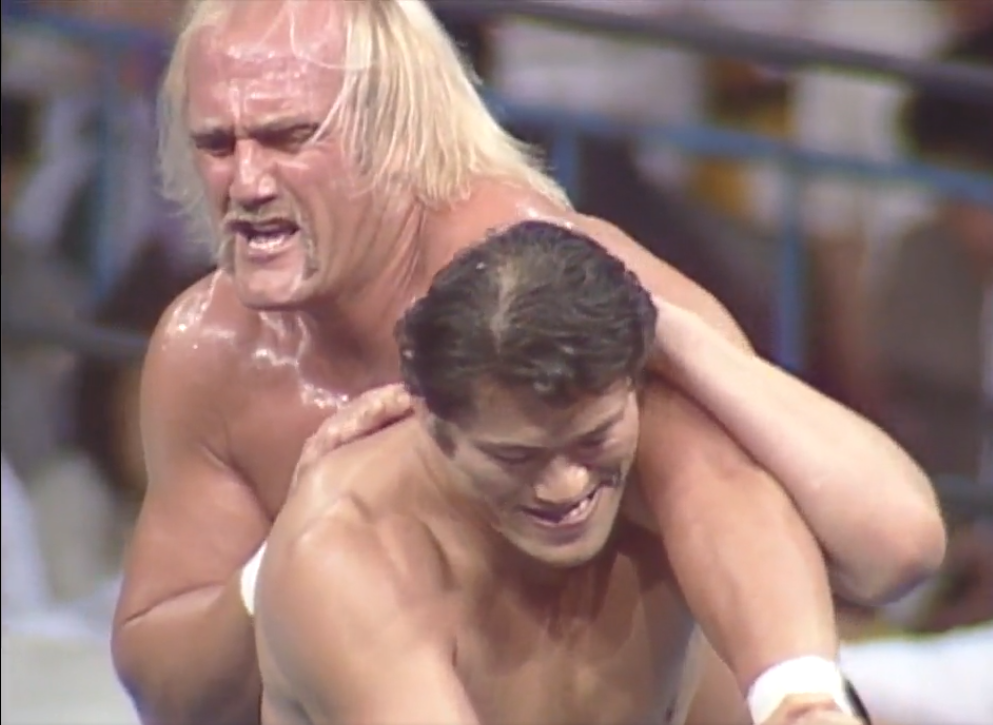
Andre the Giant would use his victory over Riki Choshu to propel himself to a tie at the top of the IWGP League, with Antonio Inoki advancing on the tiebreak. That meant Inoki would earn the chance to face the prior year’s IWGP winner in a rematch from this 1983 final.
In 1983, the smart money from the outset was on Hogan and Inoki to meet in the finals of the first ever IWGP league. Inoki was the standard bearer, who had led New Japan in and out of the ring for over a decade. Hogan was a hot young foreign star on the rise, about to ride a wave of commercial endorsements and even a recording deal.
As hot as Hogan was though, Inoki was thought unbeatable, and his record would bear that out. At the top of NJPW, his aura seemed inpenetrable, and after Hogan’s best efforts, Inoki kicking out at two from the Ax Bomber confirmed to many in the Kuramae crowd that it was only a matter of time before Inoki added more gold to his collection.
Until that is, Inoki and Hogan went to the floor. On the way back in, Hogan sent the New Japan founder flying with an Ax Bomber off the apron. The unconscious Inoki couldn’t beat the 20 count, and Hogan, distraught but triumphant, won the first IWGP League.
June 3, 2017: Back to the BOSJ
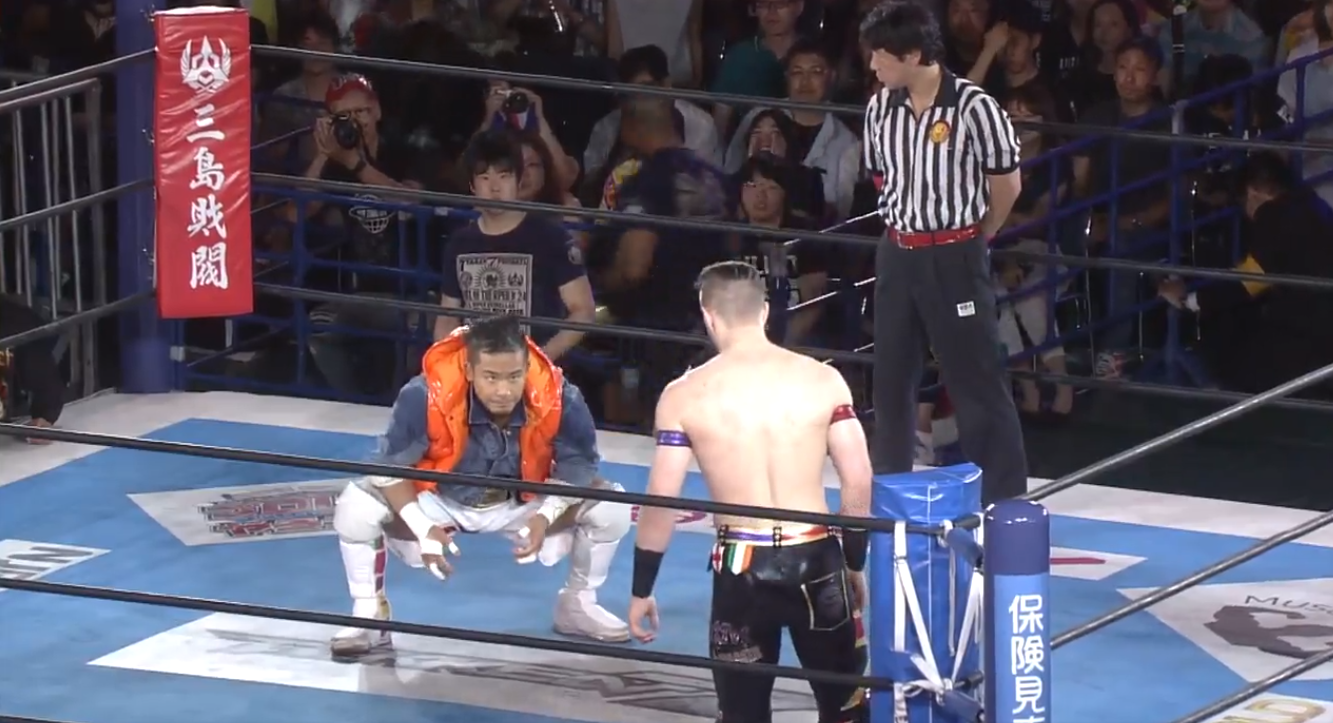
June 5 2019 saw Will Ospreay claim his second Best of the Super Juniors trophy in four years. His first was in his debut year of 2016, an achievement only Milano Collection AT and Ricochet before him could lay claim to. Ospreay went into the 2017 tournament as favourite, and with a 5-2 record in block competition, it seemed few could stop him.
Certainly not, most assumed, KUSHIDA. The junior heavyweight ace had a torrid start to 2017, losing the IWGP Junior Heavyweight Championship at Wrestle Kingdom to a returning Hiromu Takahashi, and then losing a much publicised rematch in April at Sakura Genesis in under three minutes. With a poor start to the tournament, most counted Kushi out, but he would rally to 4-3; good enough to see him to the Yoyogi final. KUSHIDA was on the doorstep of redemption, while Ospreay was looking to break a jinx against the man who had beaten him twice before.
June 4, 2018: More, More, More! Dangerous!
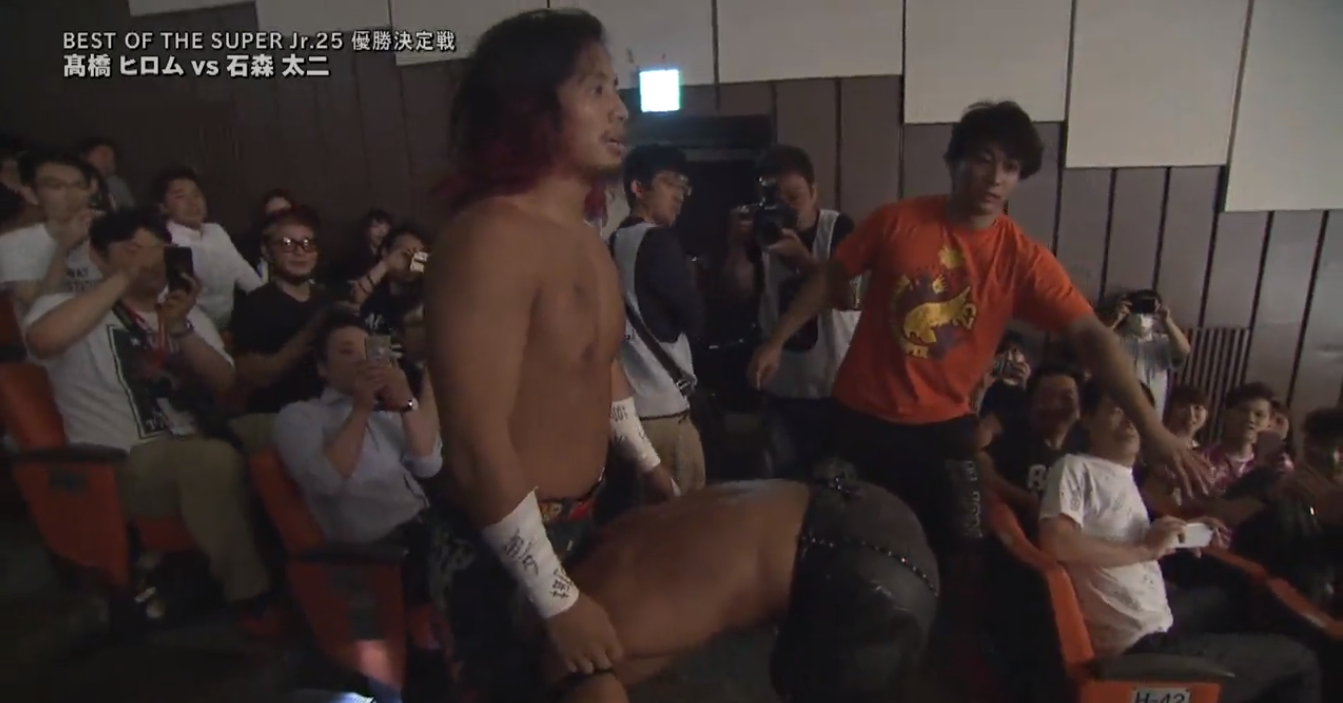
One year later, the Best of the Super Juniors had its finals in Korakuen Hall, with Hiromu Takahashi standing opposite Taiji Ishimori.
2017 was a dramatic year for Takahashi. He started it in dominant form, defeating KUSHIDA to win the IWGP Junior Heavyweight Championship on his first challenge, and then successfully defending in a wild match against old rival Dragon Lee, and against the Timesplitter again, in the aforementioned three minute squash. KUSHIDA’s BOSJ win however, saw him well on the road to redemption, a path he would complete by beating Hiromu at Dominion. The latter half of the year saw Takahashi on the outside of the championship scene looking in, frustratingly squeezed out of several challenges and only consoled by a soft feline friend he called Daryl.
While Hiromu and Daryl were adored by the fans, few were taking the Time Bomb as seriously as they did when he returned from excursion. BOSJ 25 was Takahashi’s chance for a redemption of his own. He would blister through the tournament with amazing performances on a nightly basis until the finals, where he had a tough task in the form of Taiji Ishimori.
Best of the Super Juniors marked the full time NJPW debut of Ishimori as part of the Bullet Club. He instantly made an impact, defeating then IWGP Junior Heavyweight Champion Will Ospreay in match one of the tournament, before making his own stunning path to the Korakuen finals, and a high impact war.
June 5, 1997: Best of the Budokan Juniors
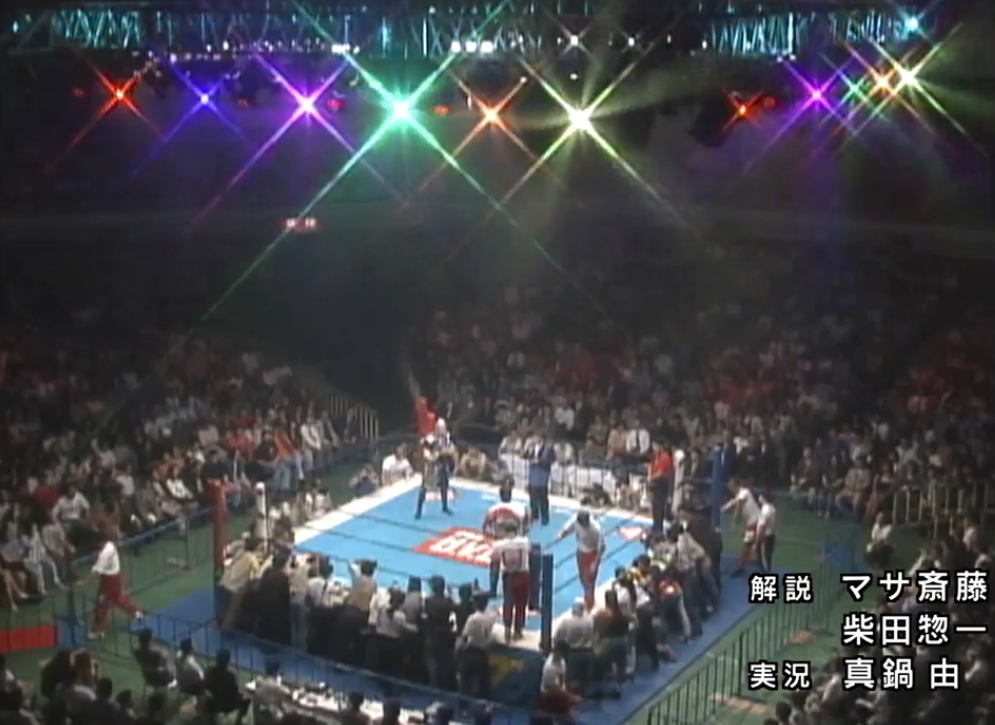
This year’s Best of the Super Juniors final saw 8000 fans flood Ryogoku Sumo Hall, the biggest crowd for a junior heavyweight final in two decades. Since, in fact, the tournament wrapped up in the Nippon Budokan, as it did in 1997 with El Samurai taking on Koji Kanemoto.
The packed crowd on hand for the fourth BOSJ final included a young Tetsuya Naito, who witnessed a night of action that convinced the future El Ingobernable to one day go into the wrestling business himself. In the main event, he saw a match that not only decided the year’s Best of the Super Juniors but also continued a deep personal feud between Samurai and Kanemoto.
Samuari was an NJPW Dojo senpai of Kanemoto’s. Both were diligent and popular trainees who took different excursionary paths; Samurai to Mexico and Kanemoto to Europe. On their return, both would take up masked personae, with Samurai being a blend of Japanese and Mexican styles, cultures and traditions, and Kanemoto taking the mantle of the third Tiger Mask.
Kanemoto despised being under the mask in 1993; being revealed by Jyushin Thunder Liger mere months after his return in the Tokyo Dome was if anything a relief to him. He would go on to drastically change his approach, going back to Young lion like plain tights and boots, and viciously attacking colourful, masked characters like Liger and Samurai. The result was early summer heat in Budokan amplified by the heat of the match itself.
June 6, 2001: Blue Justice
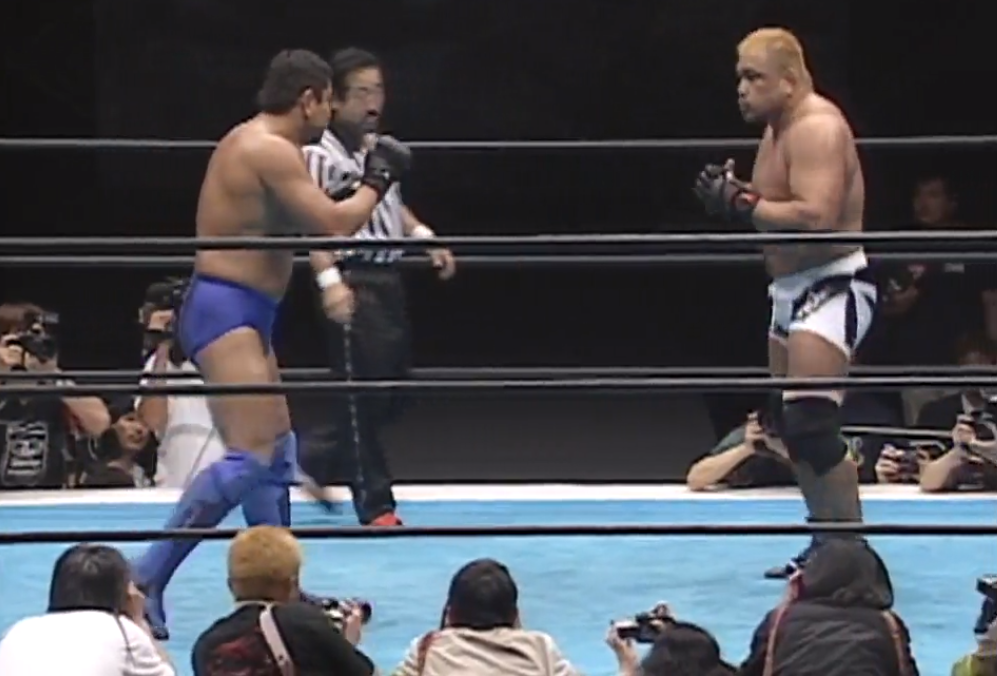
Four years after El Samurai won Best of the Super Juniors, he was part of a Super Force Group event in the same building in 2001. The event was centered around a series of NJPW versus AJPW matches on the undercard, highlighted by Satoshi Kojima battling Toshiaki Kawada. In the main event, a different kind of clash, with two very different styles: Yuji Nagata challenging IWGP Heavyweight Champion Kazuyuki Fujita.
Nagata had beaten close friend and contemporary Manabu Nakanishi in April to earn his first IWGP Heavyweight Championship opportunity. His rise to the main event was embraced by NJPW loyalist fans who had followed his decade long career, while his champion opponent had somewhat more mixed reactions.
Fujita entered the NJPW Dojo in 1996, but pro wrestling wasn’t his sole focus. Participating in RINGS and PRIDE, Fujita had a burgeoning MMA career, with wins over Hans Nijman and Mark Kerr. Fujita would be a favourite of Antonio Inoki, who saw him as a promising competitor in both sports.
Fujita would defeat Scott Norton for the IWGP Heavyweight Championship, but his kickboxing style was not what many purists saw as true to NJPW legacy and tradition. It meant for a passionate crowd that were eager to see Nagata claim IWGP gold.
June 8 1979: The First of the Super Juniors
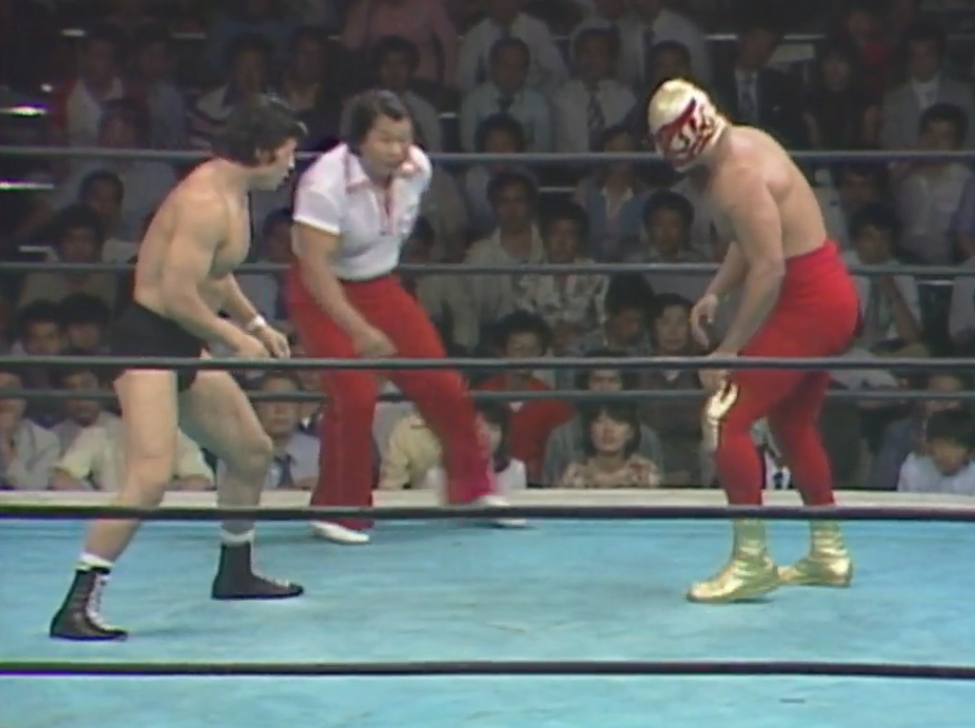
While Tatsumi Fujinami had a long and storied career as a heavyweight wrestler, it was a junior heavyweight that he first shot to prominence and popularity. Winning the WWF Junior Heavyweight Championship in Madison Square Garden in 1978 (a match, in fact, where the Dragon Suplex was invented), Fujinami took the title home and defended it against all comers, to rabid audiences.
Canek was possibly his toughest challenge yet. The Mexican favourite could lay claim to being, along with Mil Mascaras, one of only two Mexican men to pin Lou Thesz, and his win saw him shoot to the position of Ace in his home UWA promotion. Earlier in the year, Canek had wrestled Antonio Inoki himself in Mexico, and here in Japan was granted an exhibition with the junior heavyweight champ in Osaka.
The five minute exhibition match went by too fast; so fast that fans demanded more, and were given more immediately after. Fujinami and Canek would wrestle another 20 before a double count out; Fujinami would demand that they meet once more in Tokyo, this time with the WWF Junior Heavyweight title on the line.
That brought us to June 7 and Kuramae. Even before the match, others were lining up to try and face Fujinami later on; Ashura Hara was a guest from rival promotion IWE and showed up to shake the champion’s hand and put himself in Fujinami’s headspace. For now though, he had bigger fish to fry.


